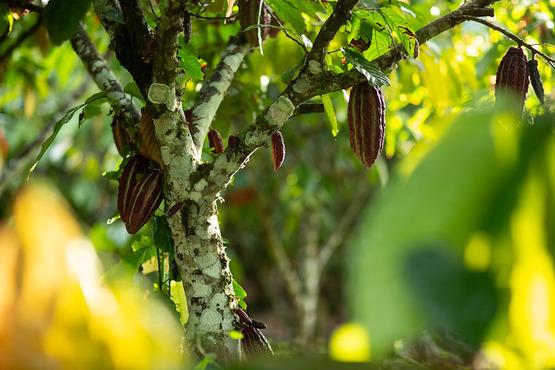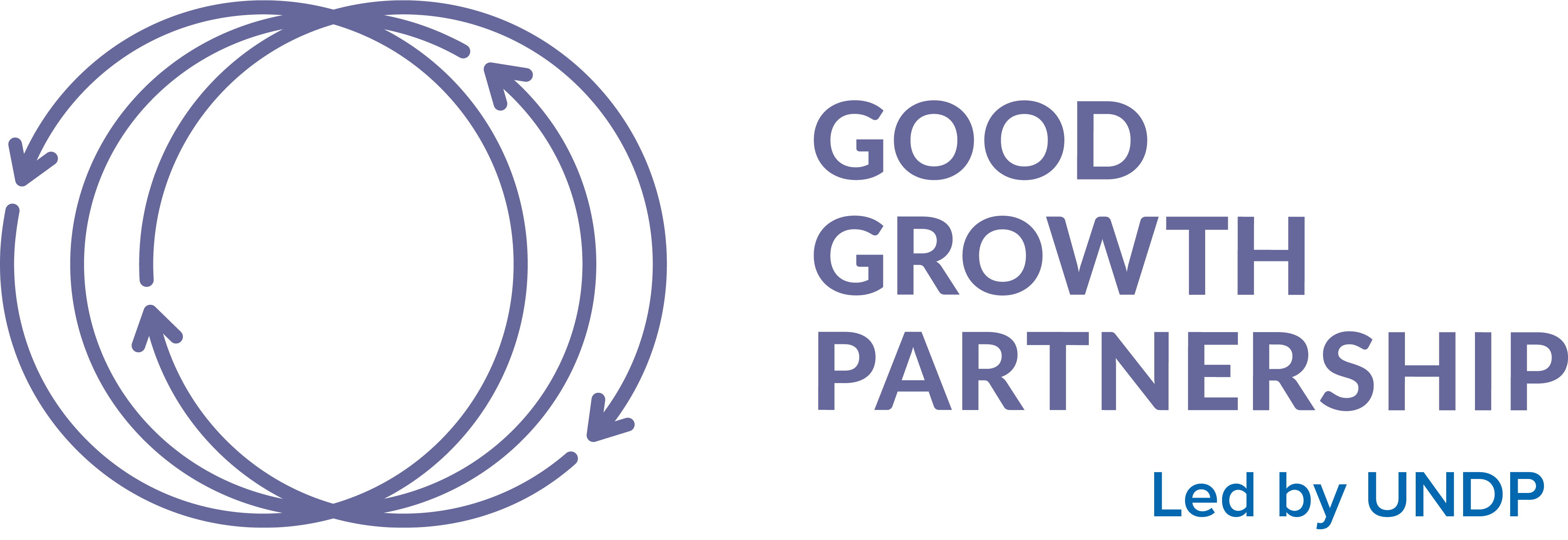Project Overview
Ongoing commodity production practices in Peru — particularly in the Amazon landscape — contribute to increasing greenhouse gas emissions, deforestation, high biodiversity loss, and decline in the provision of environmental services, such as soil nutrients, freshwater, pollination, climate regulation, habitat for wildlife. Estimates indicate that 78 percent of deforestation has occurred in plots smaller than 5 hectares and relates expansion to make way for crops such as coffee and cocoa. Commodity-driven deforestation is the result of several confluent factors including the lack of adequate land use planning, limited enforcement capacity, absence of profitable, sustainable production models, inconsistent quality and quantity of production, and lack of access to credit and investment from private enterprises and sourcing standards. Despite existing frameworks designed to promote sustainable land management and agriculture, forestry, and biodiversity protection, challenges remain.
Sites:
Marañón river basin in San Martín; Alto Amazonas in Loreto; Bagua, Bongará, Rodríguez de Mendoza and Utcubamba in Amazonas; San Ignacio and Jaén in Cajamarca.
Commodities:
Coffee, cocoa and palm oil
Area Covered:
1,061,375 hectares
Executing Partner:
United Nations Development Programme
GEF Implementing Agencies:
International Fund for Agricultural Development, Food and Agriculture Organization of the United Nations

Project features
The project aims to develop integrated landscape management systems, promote sustainable deforestation-free commodities and responsible value chains, reduce biodiversity loss and restoration of ecosystems, and restore natural habitats.
Mainstreaming gender, ethnic and inter-generational sensitive approaches across all project components through inclusive, participatory decision-making is also central. The project will include gender and ethnicity participation analysis and action plans to address gaps.
Technologically-based high-leverage training to mainstream key topics on gender equality and ethnicity approaches will be deployed.
The application of practical gender mainstreaming tools to incorporate the gender perspective to land-use planning, access to land, access to finance, business planning, and decision-making at different levels: household, smallholders’ associations, commodity platforms and policy design.
Additionally, it will promote women’s participation in commodity supply chains and in national, regional, and local commodity platforms that address these supply chains’ issues. The project aims to benefit 42,000 women of 120,000 total direct beneficiaries.

Cocoa in Peru. By Marlon del Aguila Guerrero/CIFOR







